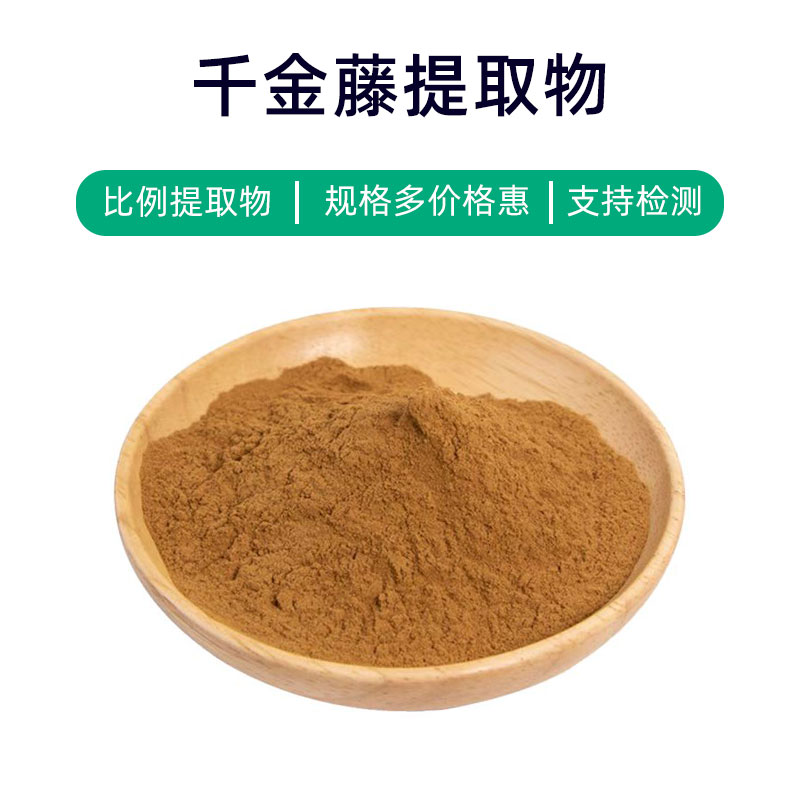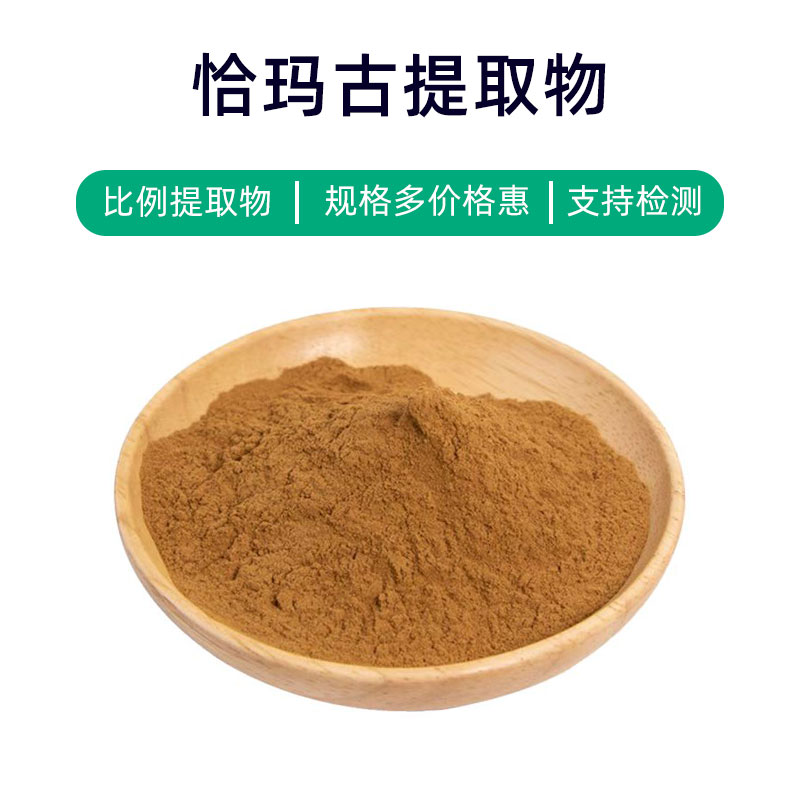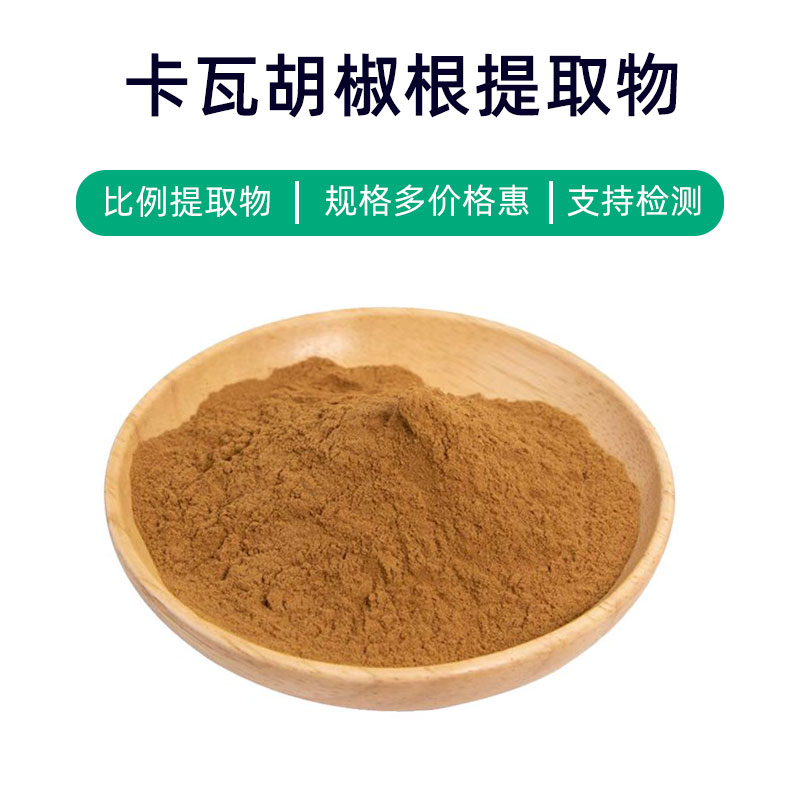Introduction to Eucalyptus Leaf Extract
Eucalyptus leaf extract is a natural plant extract derived from the leaves of the eucalyptus tree (Eucalyptus globulus). Its main ingredients include volatile components like eucalyptol and eugenol, along with various tannins, flavonoids, and essential oils. These components give eucalyptus leaf extract its multiple benefits and uses.
Firstly, it has cooling and soothing properties, making it suitable for skincare and personal care products like cleansers and toners. It fights bacteria, reduces inflammation, and tightens pores, which is great for oily skin and acne.
Secondly, it has antioxidant properties that protect the skin from free radical damage and slow down skin aging, so it's widely used in anti-aging skincare products like creams and serums.
Additionally, it's commonly used in oral care products like toothpaste and mouthwash due to its antibacterial and breath-freshening effects, helping prevent oral issues and maintain oral health.
In summary, eucalyptus leaf extract, as a natural plant extract, has multiple benefits and applications in skincare, oral care, and more, providing people with healthy and comfortable care experiences.
Production Process of Eucalyptus Leaf Extract
The production process includes the following main steps:
- Harvesting: Select healthy, pest-free eucalyptus leaves for harvesting, usually during the growing season when the leaves are plump.
- Cleaning: Wash the harvested leaves to remove surface impurities, dust, and microorganisms using running water or soaking.
- Chopping: Chop the cleaned leaves to increase their surface area, aiding in the release of components during extraction.
- Extraction: Place the chopped leaves in an extraction device and use appropriate solvents (like water or ethanol) for extraction. Adjust extraction time and temperature as needed, with water and ethanol extraction methods being commonly used.
- Filtration: Filter the extraction liquid to remove solid particles and impurities, obtaining a clear extract.
- Concentration: Concentrate the filtered extract by evaporating the water content, resulting in a concentrated extract.
- Drying: Dry the concentrated extract using methods like spray drying or vacuum drying to turn it into a powder or liquid form.
- Packaging: Finally, package the dried eucalyptus leaf extract in sealed containers to ensure quality and shelf life.
Following these steps produces high-quality eucalyptus leaf extract for various applications in pharmaceuticals, health products, and cosmetics.
Efficacy, Actions, and Side Effects of Eucalyptus Leaf Extract
Eucalyptus leaf extract is a common natural plant extract with multiple efficacies and actions:
- Antibacterial and Anti-inflammatory: Rich in volatile components like eucalyptol, it has significant antibacterial and anti-inflammatory effects, treating various infectious skin diseases and oral diseases.
- Cooling and Analgesic: Provides a cooling and soothing effect, relieving skin discomfort, itching, and pain.
- Respiratory Health: The eucalyptol in eucalyptus leaf extract offers respiratory health benefits, easing symptoms of colds, coughs, bronchitis, and other respiratory diseases.
- Antioxidant: Contains rich flavonoids and other antioxidants that eliminate free radicals, delay cell aging, and protect the skin from environmental pollution and UV damage.
- Pore-Tightening: Has astringent properties, tightening pores and regulating skin oil secretion, improving oily and combination skin.
- Breath Freshening: The eucalyptol content freshens breath, kills oral bacteria, and prevents bad breath and gum problems.
Note: Although eucalyptus leaf extract has many benefits, excessive use may cause skin irritation or allergic reactions. It's best to do a skin sensitivity test before use and avoid applying it to damaged or allergic skin areas. For pregnant women, breastfeeding mothers, and children, use under a doctor's guidance is recommended.
Application Scenarios and Usage of Eucalyptus Leaf Extract
Eucalyptus leaf extract has wide applications in pharmaceuticals, food, and cosmetics, with specific scenarios and usage as follows:
- Pharmaceutical Field:
- Skin Inflammation Treatment: Used to treat skin diseases like eczema and inflammation, usually applied topically.
- Usage: Apply an appropriate amount to the affected area and gently massage until absorbed, once or twice daily.
- Respiratory Health: Treats colds, coughs, and other respiratory diseases.
- Usage: Add to hot water for steam inhalation or take orally, once or twice daily.
- Skin Inflammation Treatment: Used to treat skin diseases like eczema and inflammation, usually applied topically.
- Food Field:
- Food Additive: Used as a food additive to enhance taste and aroma.
- Usage: Add an appropriate amount according to the food type and production process, following relevant regulations.
- Food Additive: Used as a food additive to enhance taste and aroma.
- Cosmetic Field:
- Skincare Formulations: Commonly used in skincare products for its antibacterial, anti-inflammatory, and astringent effects, suitable for oily and acne-prone skin.
- Usage: Add an appropriate amount to skincare products like masks, toners, and cleansers.
- Oral Care Products: Used in toothpaste and mouthwash for its antibacterial and breath-freshening effects.
- Usage: Follow product instructions, generally use an appropriate amount once or twice daily.
- Skincare Formulations: Commonly used in skincare products for its antibacterial, anti-inflammatory, and astringent effects, suitable for oily and acne-prone skin.
- Usage Recommendations:
- The usage amount of eucalyptus leaf extract should be adjusted according to the specific product formula and purpose, following product instructions or doctor's advice.
- Avoid excessive use to prevent adverse reactions.
Note: In any application scenario, pay attention to the quality and purity of eucalyptus leaf extract, choose products from regular channels, and follow correct usage methods to ensure safety and effectiveness.
Introduction, Distribution, and Growth Environment of Eucalyptus Source Plants
Eucalyptus (scientific name: Eucalyptus) is a common type of evergreen tree belonging to the Myrtaceae family and Eucalyptus genus. Eucalyptus is widely distributed, with its source, distribution, and growth environment as follows:
- Introduction to Source Plants:
- The Eucalyptus genus includes hundreds of species, mainly distributed in Australia, New Guinea, and Indonesia. These plants are widely cultivated locally, with some growing wild.
- Eucalyptus is known for its unique leaf shape and volatile oils, serving as Australia's national tree and being widely used globally in timber, medicine, and landscape gardening.
- Distribution:
- Australia is the main distribution area for eucalyptus, with about 700 species growing domestically across tropical to temperate regions. Western Australia, New South Wales, and Victoria are the primary distribution areas.
- Eucalyptus has also been introduced to other countries and regions like South Africa, the United States, and Brazil, adapting to local climate conditions and soil environments.
- Growth Environment:
- Eucalyptus prefers warm and humid climates but can adapt to various environmental conditions, including dry areas and sandy soil. Generally, it thrives in sunny locations with good drainage.
- Eucalyptus has strong adaptability to soil, growing in poor soil and performing even better in fertile, well-drained soil.
- Eucalyptus grows rapidly, usually reaching commercial harvest standards within 3 to 4 years, making it widely cultivated and utilized in many regions.
In summary, eucalyptus is an adaptable, fast-growing plant with wide distribution and cultivation in Australia and other areas. Its unique leaf shape and volatile oils give it important applications in medicine, timber, and landscape gardening.
Processing and Storage of Eucalyptus Leaf Extract
Processing and storing eucalyptus leaf extract are crucial steps to ensure quality and effectiveness:
- Processing:
- The processing usually involves harvesting, grinding, and extraction steps. First, select fresh, healthy eucalyptus leaves for harvesting and handle them at appropriate times to maintain maximum activity.
- Clean and grind the harvested leaves to facilitate subsequent extraction processes. During extraction, water vapor distillation or organic solvent extraction methods are commonly used to extract active components from the leaves.
- Storage:
- Store eucalyptus leaf extract in a dry, cool, and well-ventilated place away from direct sunlight and high temperatures to prevent quality degradation and loss of volatile components.
- During storage, avoid moisture and foreign matter contamination, keep containers sealed, and regularly check the appearance and odor of the extract to ensure quality.
- If not used for a long time, it's recommended to seal the eucalyptus leaf extract with desiccants or under nitrogen protection to extend its shelf life and ensure stability.
In summary, correct processing technology and storage conditions are crucial to ensure the quality and effectiveness of eucalyptus leaf extract. Only by strictly controlling the details of the processing process and storage conditions can the stability and efficacy of the extract be guaranteed.
Monica Sun is a seasoned expert in the plant extraction industry with over a decade of experience in research and production. She specializes in the extraction and purification of plant active ingredients, focusing on driving innovation in natural product applications. Monica has participated in the development of multiple functional plant extracts, delivering high-value natural raw material solutions for the health food, pharmaceutical, and dietary supplement sectors.


















